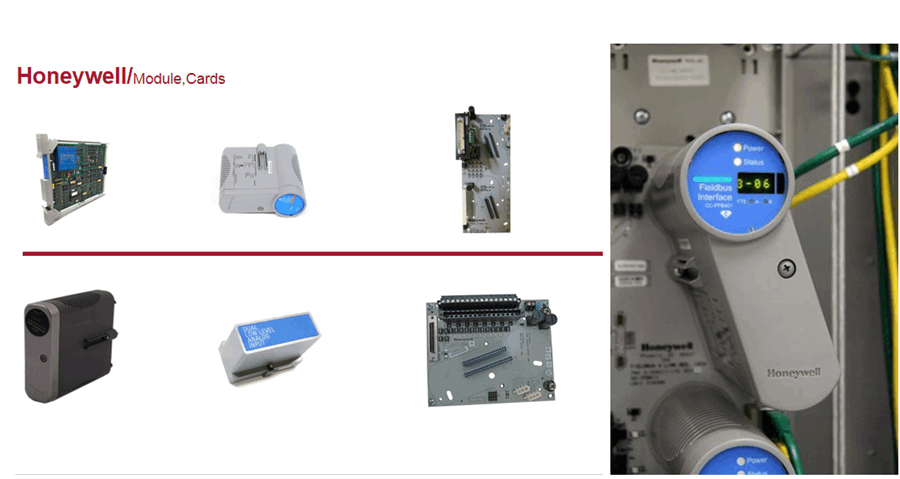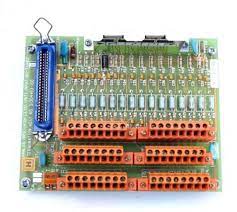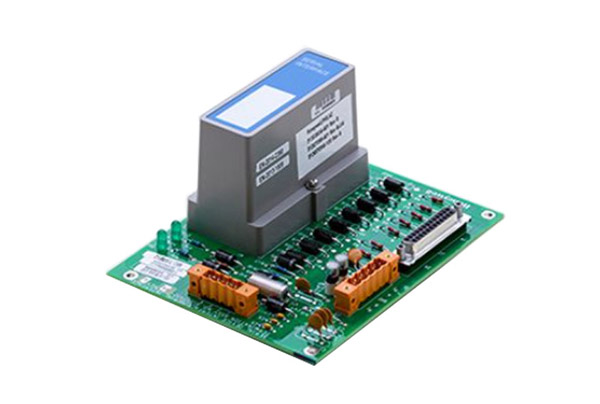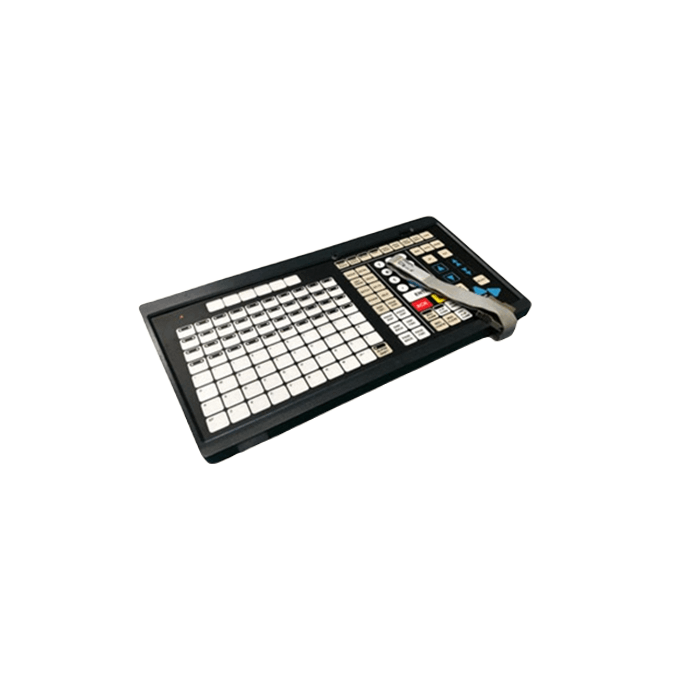Comprehensive industrial automation solutions for global industries
If you are interested in our products and want to know more details,please Contact us,we will reply you as soon as we can.
Contact Support











Module Number:CC-PCF901 51405047-175
Product status:Discontinued
Delivery time:In stock
Product status:100% new
Sales country:All over the world
Product situation:one year warranty
CC-PCF901 51405047-175 In practical applications, series reactors can be divided into three categories:
The first type is called anti surge reactor, which is mainly used to limit the surge current when capacitors are put into the system, and its reactance rate is generally less than 1%. This type of reactor generally has no positive effect on suppressing harmonic amplification.
The second type is called a detuning reactor or a detuning reactor, mainly used to suppress harmonic amplification caused by reactive power compensation capacitors. When used to suppress harmonic amplification for more than 5 times, the reactance rate is usually taken as 6% or 7%; When suppressing harmonic amplification for more than 3 times, the reactance rate is usually around 14%. The common feature is that the series resonant frequency f1 of the reactor and capacitor is significantly lower than the lowest order main harmonic frequency. For example, when the reactance rate is 6%, f1 is about 204Hz, which is significantly lower than the 5th harmonic frequency of 250Hz.

The third type CC-PCF901 51405047-175 is called a tuning reactor or filtering reactor, which can suppress harmonic amplification caused by reactive power compensation capacitors and has strong harmonic current diversion or filtering effects. Its characteristic is that the series resonant frequency f1 of the reactor and capacitor is slightly lower than the main harmonic frequency to be filtered out, thus presenting a lower impedance to the harmonic to be filtered out, in order to generate sufficient harmonic diversion effect. For example, when used to filter out 5th harmonic, the reactance rate is generally taken as 4% -5%, corresponding to f1 between 250Hz-224Hz.


Module Number:CC-PCF901 51405047-175
Product status:Discontinued
Delivery time:In stock
Product status:100% new
Sales country:All over the world
Product situation:one year warranty
CC-PCF901 51405047-175 In practical applications, series reactors can be divided into three categories:
The first type is called anti surge reactor, which is mainly used to limit the surge current when capacitors are put into the system, and its reactance rate is generally less than 1%. This type of reactor generally has no positive effect on suppressing harmonic amplification.
The second type is called a detuning reactor or a detuning reactor, mainly used to suppress harmonic amplification caused by reactive power compensation capacitors. When used to suppress harmonic amplification for more than 5 times, the reactance rate is usually taken as 6% or 7%; When suppressing harmonic amplification for more than 3 times, the reactance rate is usually around 14%. The common feature is that the series resonant frequency f1 of the reactor and capacitor is significantly lower than the lowest order main harmonic frequency. For example, when the reactance rate is 6%, f1 is about 204Hz, which is significantly lower than the 5th harmonic frequency of 250Hz.

The third type CC-PCF901 51405047-175 is called a tuning reactor or filtering reactor, which can suppress harmonic amplification caused by reactive power compensation capacitors and has strong harmonic current diversion or filtering effects. Its characteristic is that the series resonant frequency f1 of the reactor and capacitor is slightly lower than the main harmonic frequency to be filtered out, thus presenting a lower impedance to the harmonic to be filtered out, in order to generate sufficient harmonic diversion effect. For example, when used to filter out 5th harmonic, the reactance rate is generally taken as 4% -5%, corresponding to f1 between 250Hz-224Hz.
Our team of experts can design and implement a tailored automation system to meet your specific requirements.